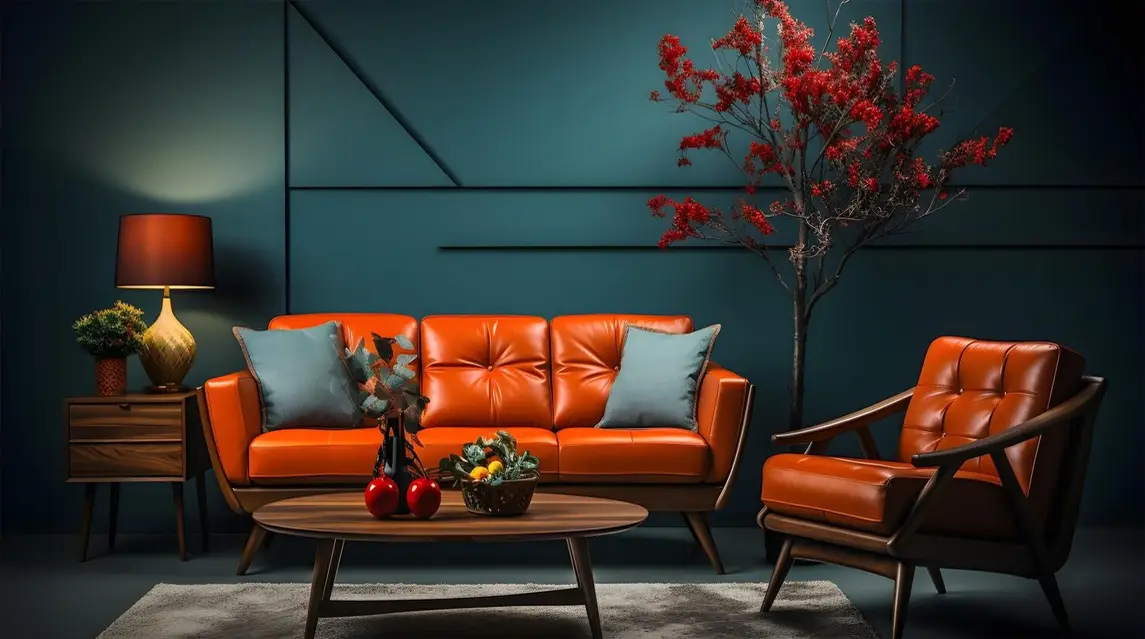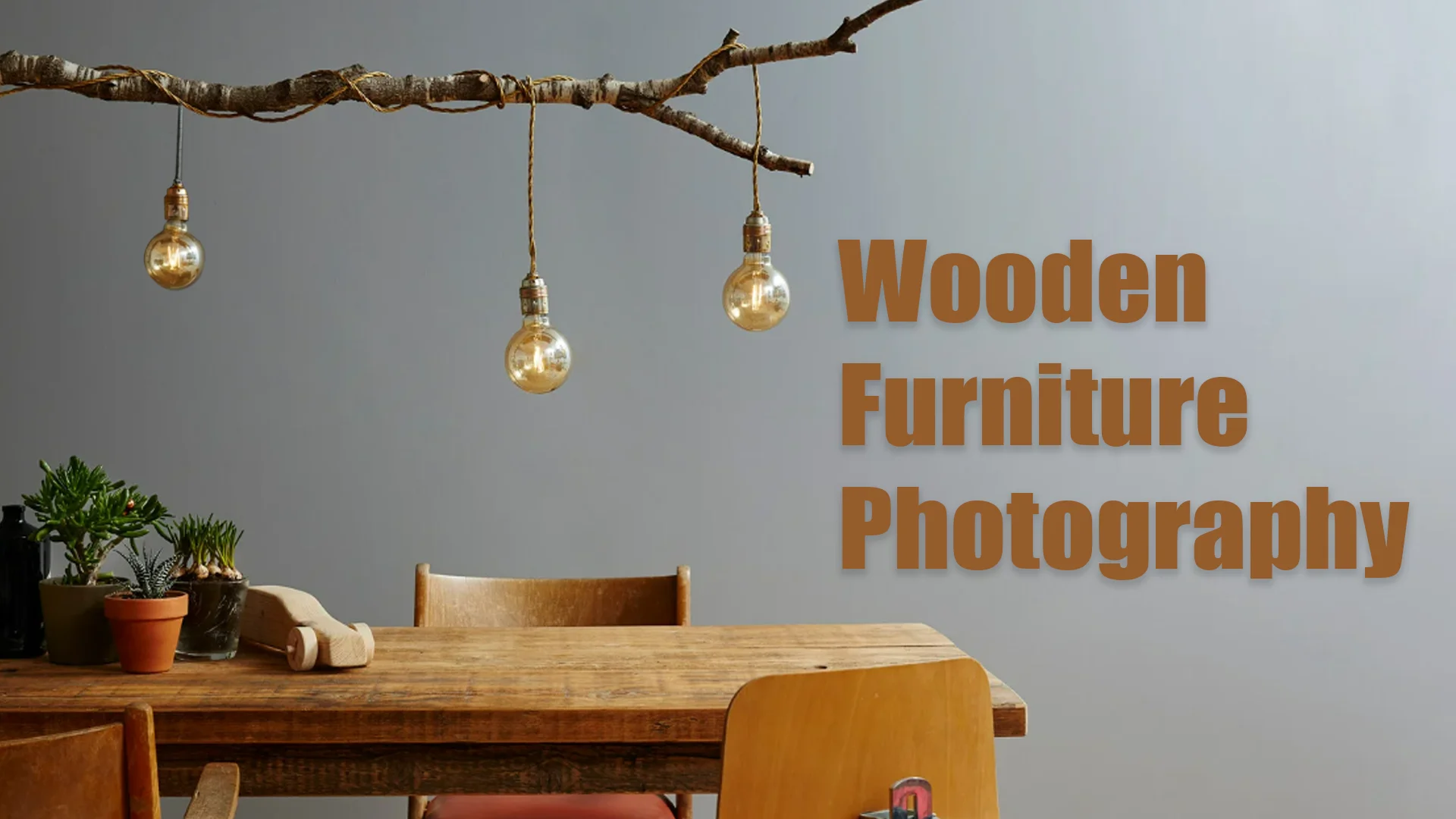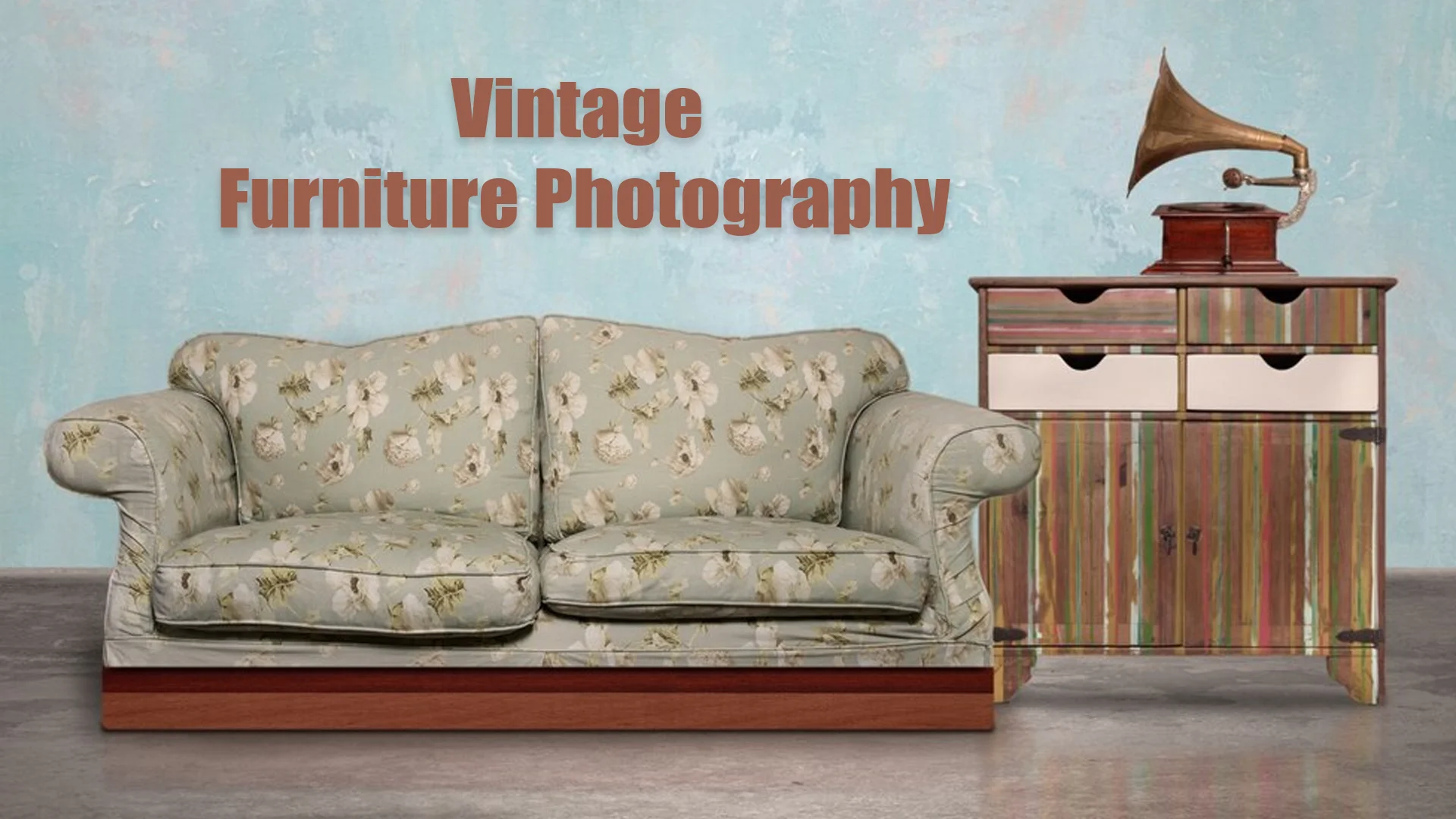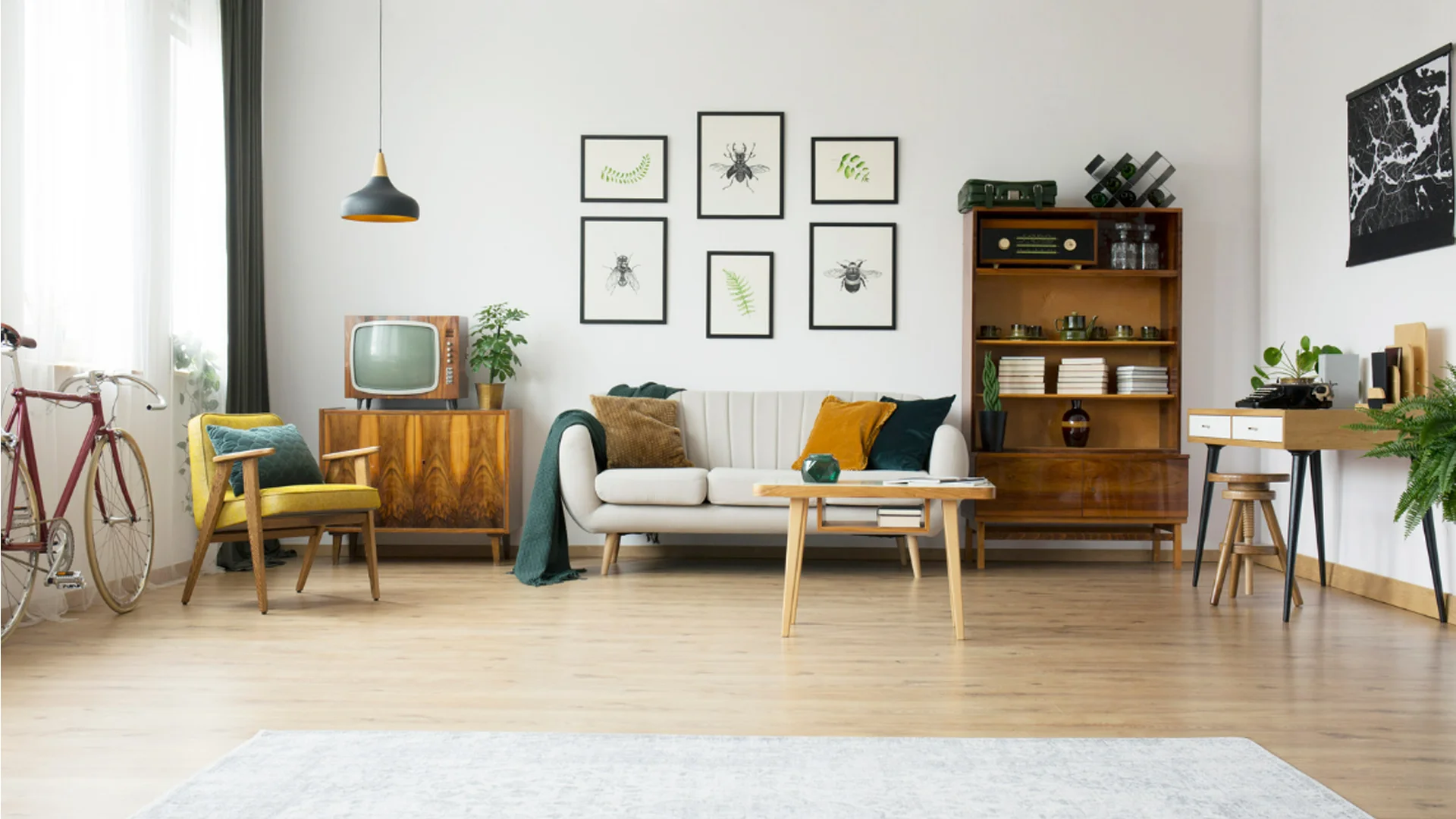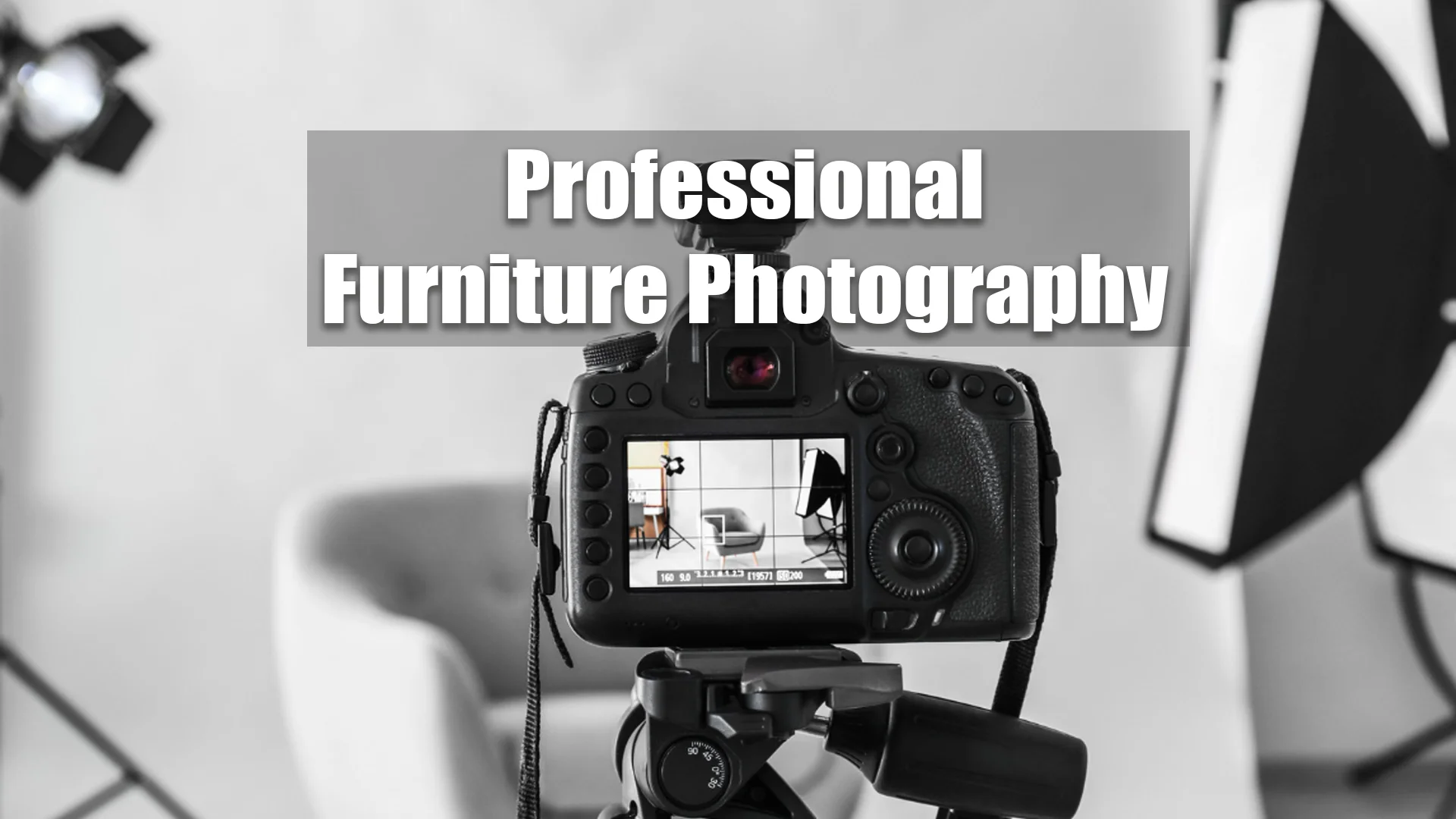Stepping into a beautifully designed room feels like entering a world of artistry and balance. Interior design photography allows us to immortalize these captivating spaces, preserving their charm in a single frame. In a world driven by visuals, this niche of photography plays an essential role for architects, designers, and real estate professionals. If you want to explore the art of capturing stunning interiors, this guide will walk you through everything you need to know about interior design photography.
What is Interior Design Photography?
Interior design photography is a specialized form of photography focused on capturing indoor spaces. Unlike standard photography, this genre emphasizes lighting, composition, and fine details to showcase a room’s aesthetic and functional appeal. It’s more than just taking pictures of a room; it’s about telling a story—highlighting the harmony between furniture, textures, colors, and decor. Professional photographers use their skills to ensure every corner and curve is showcased in the best light.
Why is Interior Design Photography Important?
Interior design photography is a cornerstone of visual storytelling in industries like real estate, hospitality, and interior design. High-quality images are essential for creating first impressions, whether on a website, in a portfolio, or in marketing materials. For interior designers, these photos not only showcase their work but also attract future clients. Similarly, real estate agents use compelling visuals to sell properties faster and at higher values.
When done correctly, interior design photography evokes emotions and helps potential buyers or clients envision themselves in the space. A well-captured image can make a room feel warm, inviting, and aspirational, which is exactly what you want to convey.
Essential Equipment for Interior Design Photography
Interior design photography requires specific tools to achieve professional and polished results. Investing in the right equipment is crucial for producing high-quality images that capture the essence of a space. Below is a detailed breakdown of the essential equipment you’ll need:
1. Camera: A DSLR or mirrorless camera with a full-frame sensor is the gold standard for interior design photography. Full-frame sensors allow you to capture more detail, perform better in low-light conditions, and offer greater dynamic range. Popular models include the Canon EOS R5, Sony A7 series, and Nikon Z6 II. These cameras ensure that every element in the room is sharp, vibrant, and true to life.
2. Lenses: Wide-angle lenses are indispensable for interior photography. They allow you to capture the entirety of a room, making spaces appear larger and more inviting. Look for lenses with focal lengths between 14mm and 24mm. Additionally, prime lenses with a fixed focal length, such as a 35mm or 50mm lens, are ideal for capturing intricate details like decor or textures. Tilt-shift lenses can also be useful for correcting perspective distortion in architectural shots.
3. Tripod: A sturdy tripod is non-negotiable for interior photography. It ensures stability, eliminates camera shake, and allows for long exposure shots in low-light conditions. Look for tripods with adjustable height and a ball head for greater flexibility in framing your shots. Features like a bubble level can help maintain straight horizons, which is critical in architectural photography.
4. Lighting Equipment: While natural light is preferred, having supplemental lighting equipment is essential for darker spaces or evening shoots. Softboxes and LED panels can provide consistent, diffused light that mimics natural sunlight. Portable flash units and reflectors are also useful for balancing light and eliminating shadows in challenging conditions.
5. Remote Shutter Release: A remote shutter release allows you to take photos without physically pressing the camera’s shutter button, reducing the risk of vibrations that could blur the image. This tool is especially useful for long exposure shots.
6. Editing Software: Post-processing is an integral part of interior photography. Software like Adobe Lightroom and Photoshop helps you fine-tune images by adjusting exposure, correcting white balance, and enhancing colors. These tools also allow you to straighten vertical lines and eliminate distortions caused by wide-angle lenses.
By assembling this essential toolkit, you’ll be well-equipped to capture stunning interior photographs that do justice to the beauty of each space.
The Role of Lighting in Interior Design Photography
Lighting is the backbone of interior design photography. Proper lighting enhances colors, textures, and the overall mood of a space. Natural light is the most flattering, so photographers often schedule shoots during the golden hours of the day. However, not all rooms have ample natural light. In such cases, artificial lighting can help fill shadows and balance the exposure.
Using a combination of ambient and artificial light creates depth and dimension in your photos. Always avoid harsh overhead lighting, as it can cast unflattering shadows. Instead, opt for soft, diffused light sources to create a balanced and harmonious look.
Mastering Composition Techniques
Composition is the foundation of compelling interior design photography. A well-composed image not only highlights the beauty of the space but also guides the viewer’s eye through the photo. Here are detailed techniques to master composition in this specialized field:
1. Rule of Thirds: The rule of thirds divides an image into a 3×3 grid. Placing key elements—such as furniture, artwork, or architectural features—along these grid lines creates a balanced and visually appealing composition. For example, position a sofa or dining table along one of the horizontal lines to anchor the image while leaving negative space to balance the frame.
2. Symmetry and Balance: Symmetry can create a sense of harmony and order in your photographs. Look for symmetrical elements like a pair of matching chairs or evenly spaced light fixtures. Centering these features in your frame can produce a striking and organized image. However, avoid overusing symmetry, as it can sometimes feel too rigid or unnatural.
3. Leading Lines: Architectural elements such as door frames, staircases, or ceiling beams can act as leading lines, directing the viewer’s eye toward a focal point. For example, a hallway’s lines can guide the gaze toward a beautifully decorated living room or an outdoor view framed by a large window.
4. Layering and Depth: Add depth to your images by including elements in the foreground, middle ground, and background. For instance, frame a cozy living room scene with a partial view of a doorway or a curtain in the foreground. This technique creates a sense of dimension and makes the space feel more immersive.
5. Perspective and Angles: Experiment with different perspectives to find the most flattering angle for each room. Shooting from a lower angle can make ceilings appear higher, while an overhead shot might emphasize a room’s layout. Avoid shooting at extreme angles that distort proportions.
6. Negative Space: Leaving empty areas in your frame can help emphasize the main subject and create a clean, uncluttered look. Negative space is particularly effective in minimalist designs, where simplicity is key.
7. Framing: Use architectural features like doorways, arches, or windows to create natural frames within your photo. Framing draws attention to specific areas and adds a sense of structure to your composition.
Mastering these techniques takes practice, but they can elevate your interior design photography from ordinary to exceptional. By combining creativity with technical know-how, you can create images that capture the true essence of every space.
The Art of Capturing Details
While wide shots are essential for showcasing the entire room, close-up shots of design details can add depth to your portfolio. Focus on elements like textured fabrics, decorative objects, or intricate architectural features. These details tell a more intimate story about the space’s design and craftsmanship.
Macro lenses are excellent for capturing small elements with precision. Remember to keep the background clean and uncluttered to ensure the detail remains the star of the photo.
The Role of Editing in Interior Design Photography
Post-processing is a vital part of interior design photography. Even the most skilled photographers need to fine-tune their images to achieve perfection. Editing software allows you to adjust brightness, contrast, and color balance, ensuring the final image aligns with the designer’s vision.
One common editing technique in interior photography is correcting perspective distortion. This occurs when vertical lines, like walls or windows, appear to converge due to wide-angle lenses. Straightening these lines is essential for creating professional-grade photos. Additionally, enhancing shadows and highlights can bring out textures and add dimension to the image.
Challenges in Interior Design Photography
While rewarding, interior design photography has its challenges. Limited lighting, tight spaces, and reflective surfaces like mirrors or glass can make shooting difficult. Each challenge requires a strategic approach:
- For low-light conditions, use a tripod and longer exposure times.
- In tight spaces, wide-angle lenses help capture more of the room without distortion.
- When dealing with reflections, adjust your angles to avoid capturing yourself or your equipment in mirrors or glass surfaces.
Patience and practice are key to overcoming these obstacles and delivering stunning results.
How to Build a Portfolio in Interior Design Photography
Building a strong portfolio is crucial for anyone starting in this field. Begin by offering free or discounted shoots for friends, family, or local designers to gain experience and showcase your work. Focus on capturing a variety of spaces—from modern apartments to rustic homes—to demonstrate versatility.
When curating your portfolio, include a mix of wide-angle shots, detail-focused images, and compositions that highlight your unique style. An organized and visually appealing portfolio will help you stand out to potential clients and collaborators.
Commercial Use of Interior Design Photography
Businesses can also benefit from interior design photography, especially in industries like hospitality, retail, and architecture. Hotels, restaurants, and retail stores use interior design photography to create compelling visuals that attract customers. A well-photographed interior can influence a customer’s perception of the business, making it seem more inviting, upscale, and stylish.
Interior design photography is also essential for architecture firms and designers who want to show off their projects. Architectural photography, when done properly, can transform even the most complex and cutting-edge designs into visually appealing images. This type of photography showcases the creative work of architects, allowing their designs to be appreciated by a larger audience.
Conclusion
Interior design photography is more than a technical skill—it’s an art form that captures the beauty of thoughtfully designed spaces. Whether you’re a professional photographer or an aspiring enthusiast, mastering this craft requires a combination of creativity, technical expertise, and a deep understanding of design principles. By investing in the right tools, honing your skills, and building a diverse portfolio, you can excel in this field and create images that leave a lasting impression. So, grab your camera, step into a beautifully designed room, and start capturing the stories these spaces have to tell.
Frequently Asked Questions (FAQs)
What is the best camera for interior design photography?
A full-frame DSLR or mirrorless camera is ideal for interior design photography, as it offers high image quality and better performance in low-light conditions.
How important is lighting in interior photography?
Lighting is critical for capturing the true colors, textures, and mood of a space. Natural light is preferred, but supplemental lighting can enhance the results in darker settings.
Can I use my smartphone for interior design photography?
While smartphones have advanced cameras, they may lack the versatility of professional equipment. For commercial-quality photos, investing in a DSLR or mirrorless camera is recommended.
How do I avoid distortion in my photos?
Wide-angle lenses can cause perspective distortion. To minimize this, use editing software to straighten vertical lines and avoid shooting too close to the subject.
What software is best for editing interior photos?
Adobe Lightroom and Photoshop are industry standards for editing interior photos. They offer tools for adjusting colors, correcting distortions, and enhancing overall image quality.
How can I improve my interior design photography skills?
Practice regularly, experiment with lighting and angles, and study the work of experienced interior photographers. Building a strong portfolio and investing in high-quality equipment will also help.
